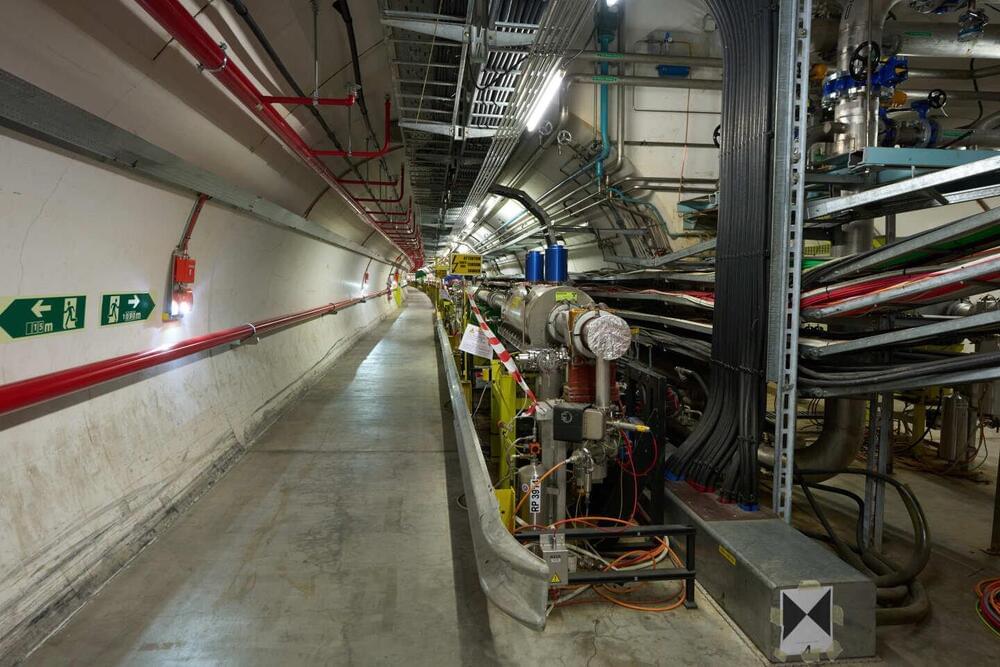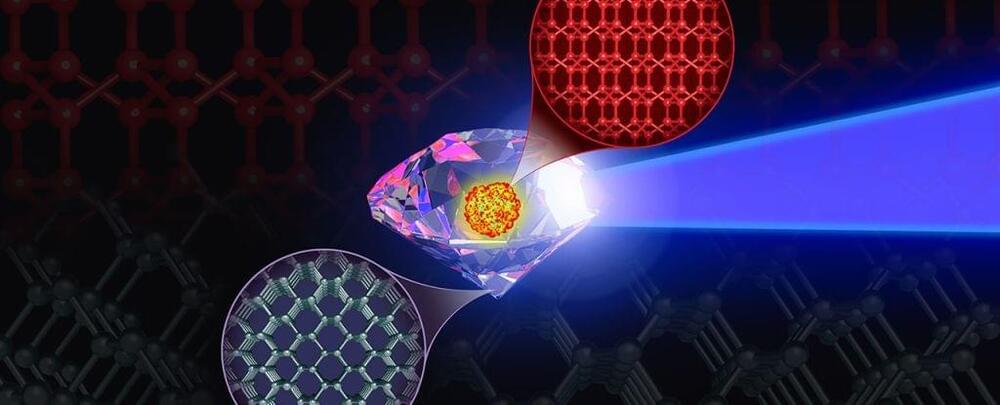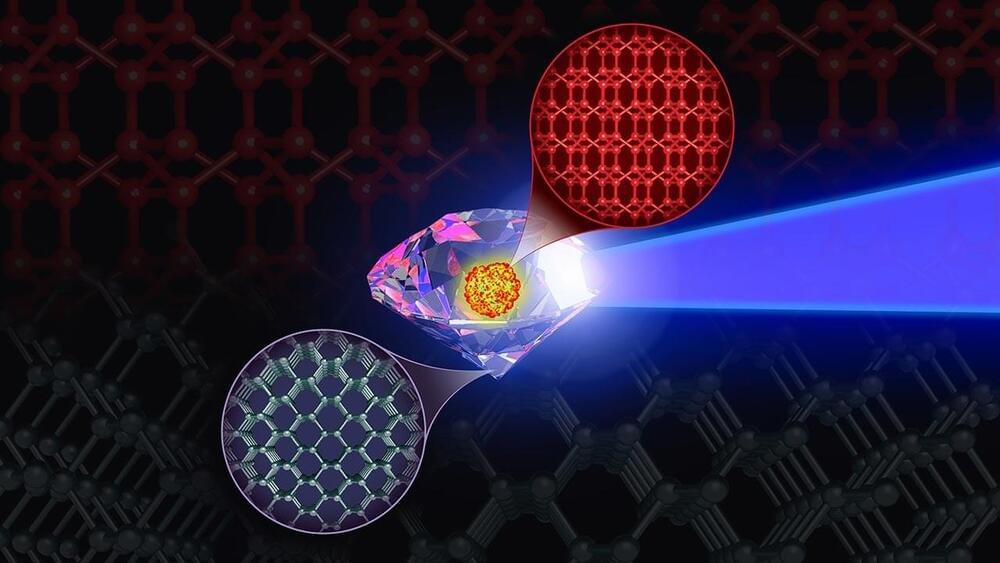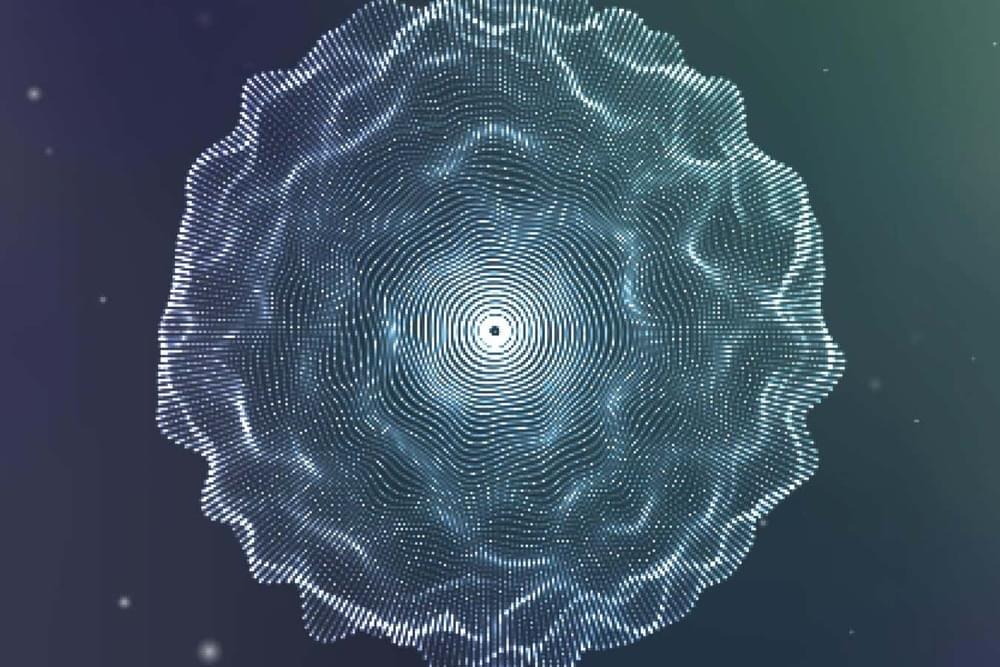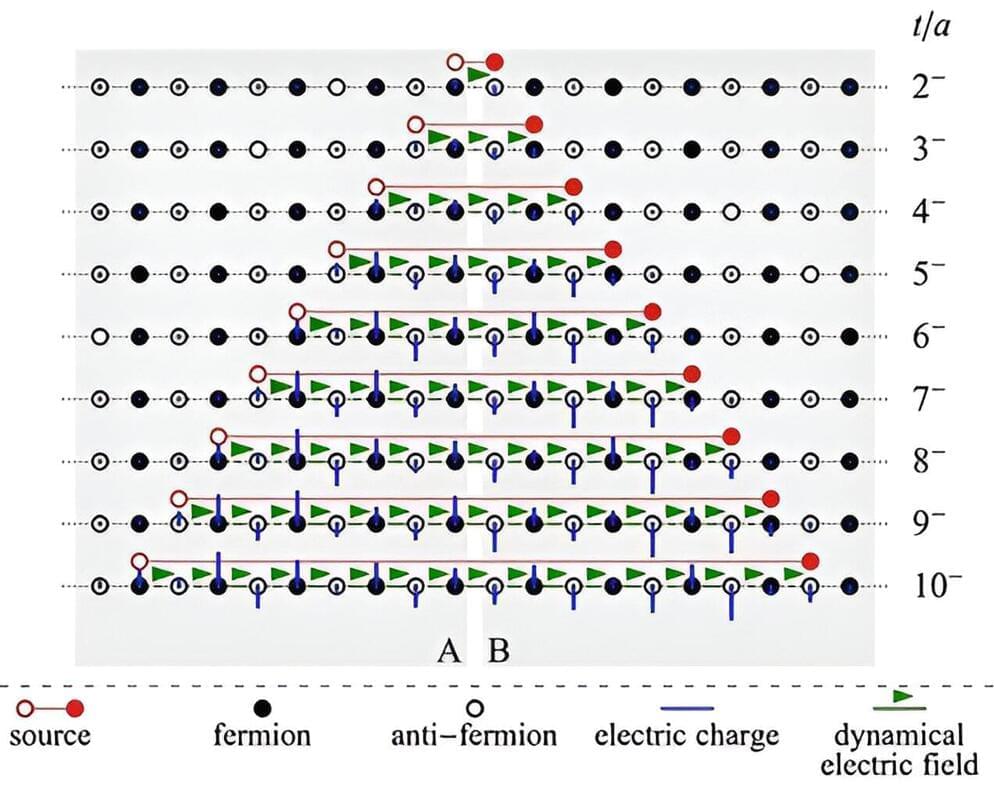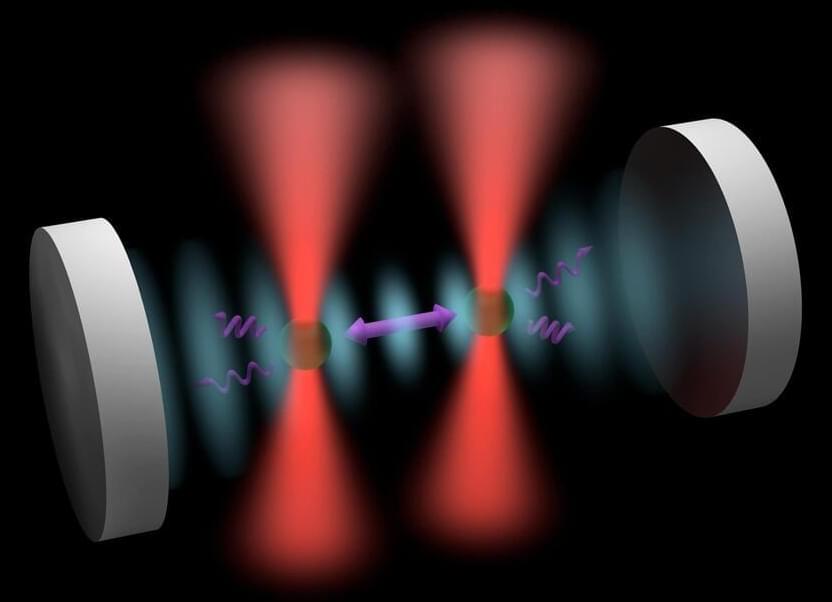Physicists are pushing the limits of atomic clock accuracy by using spin-squeezed states, achieving groundbreaking control over quantum noise and entanglement, leading to potential leaps in quantum metrology.
While atomic clocks are already the most precise timekeeping devices in the universe, physicists are working hard to improve their accuracy even further. One way is by leveraging spin-squeezed states in clock atoms. Spin-squeezed states are entangled states in which particles in the system conspire to cancel their intrinsic quantum noise. These states, therefore, offer great opportunities for quantum-enhanced metrology since they allow for more precise measurements. Yet, spin-squeezed states in the desired optical transitions with little outside noise have been hard to prepare and maintain.
One particular way to generate a spin-squeezed state, or squeezing, is by placing the clock atoms into an optical cavity, a set of mirrors where light can bounce back and forth many times. In the cavity, atoms can synchronize their photon emissions and emit a burst of light far brighter than from any one atom alone, a phenomenon referred to as superradiance. Depending on how superradiance is used, it can lead to entanglement, or alternatively, it can instead disrupt the desired quantum state.
